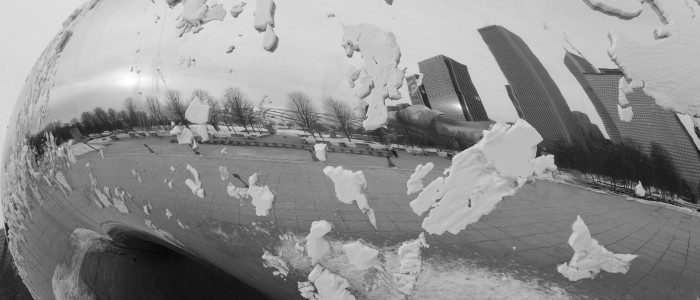Seasonal Affective Disorder (SAD)
The days are getting noticeably shorter and the nights are getting cooler, for many that means their Seasonal Affective Disorder is about to kick into gear. SAD, or seasonal affective disorder is a type of depression that is related to the changes in seasons. It usually begins and ends at around the same time each year – the winter months.
Symptoms of SAD include feeling depressed most of the day, feeling sluggish, tired, an inability to concentrate, lack of focus, loss or increase in appetite, having feelings of hopelessness, and thoughts of harming yourself or suicide. These feelings typically begin in late fall or early winter, when the days become considerably shorter. The symptoms tend to get more pronounced as the season progresses.
If you suffer from SAD there is help. You don’t need to suffer alone and you don’t need to wait until spring to feel better. While some people experience lesser symptoms, more of a blue feeling rather than a depression, it’s a good idea to tell your primary doctor or therapist what is going on. Treatment includes light therapy or phototherapy, this is where you sit in front of a special light and exposed to a bright light that mimics the effects of natural light. Light therapy can start to work in as little as a few days from the onset of symptoms. For most people who experience SAD, light therapy is effective.
Medications can also be useful for those who suffer from seasonal affective disorder. Antidepressants can help prevent depressive episodes. Talk to your doctor about which treatment is right for you.
Psychotherapy can also be helpful for those with SAD. A psychotherapist can help you create a road map for managing your seasonal affective disorder. He or she can help you identify the negative thoughts and behaviors that might be making you feel worse about your situation, they can also give you coping mechanisms to deal with your SAD.
There are also many things you can do to your environment that can help. At work, try to position your work space as close to a window as possible. If it’s not possible to move your work station then be sure to get up occasionally to go outside or sit near a bright window for a few minutes throughout the day. At home open the blinds and shades, remove bushes and tree branches from blocking the sun. Take walks outside during the middle of the day when it’s lightest outside. Get plenty of exercise and limit the amount of time watching TV or using devices like laptops or tablets before bedtime.
If you think you have SAD, talk to your doctor. You don’t need to suffer through the winter months in silence. There are many effective treatments available, don’t suffer alone.


Comments are closed.